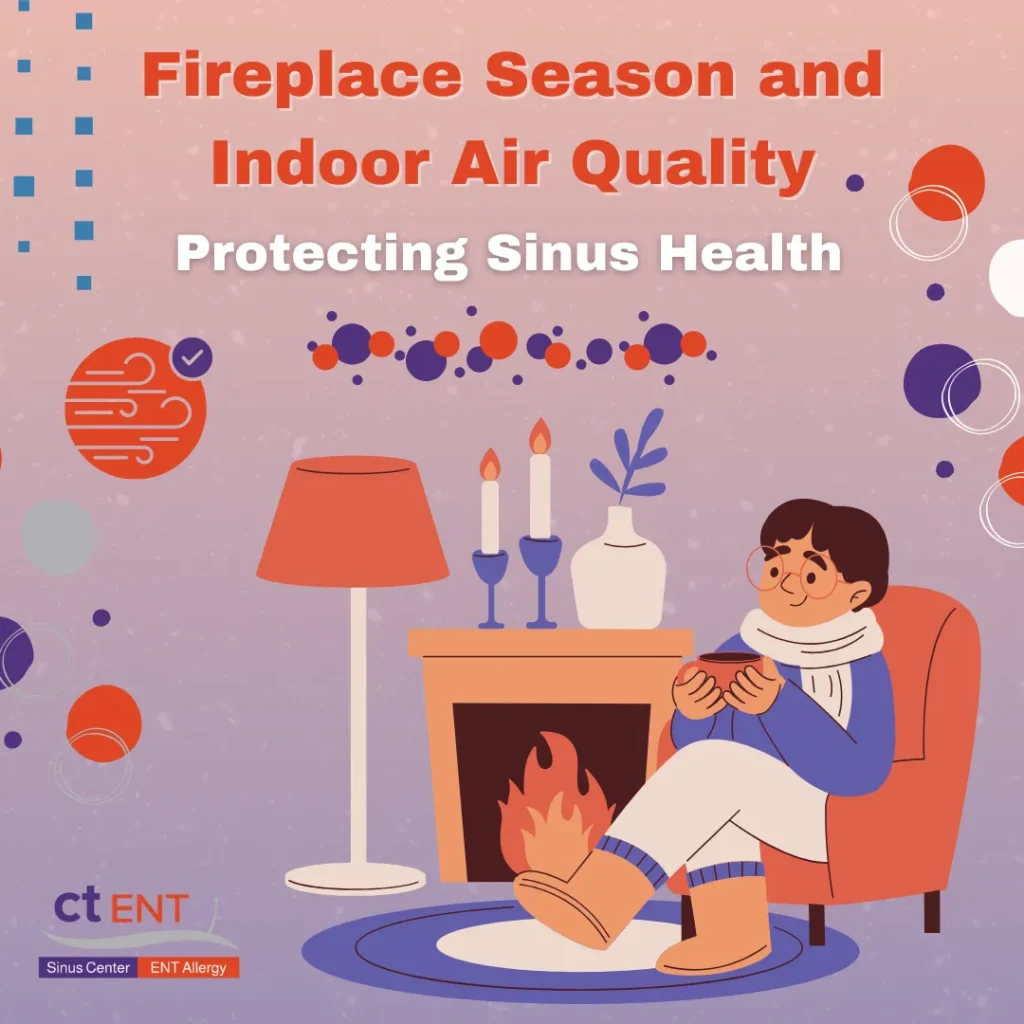
Gas fireplaces offer a cozy ambiance and warmth during colder months, but their potential impact on sinus health is often overlooked. While many enjoy the crackling flames and gentle heat, some individuals may experience worsened sinus symptoms when using gas fireplaces. This article delves into the connection between can gas fireplaces cause sinus problems and provides essential precautions to minimize risks.
This comprehensive guide will explore the mechanisms behind gas fireplace-induced sinus issues, focusing on combustion pollutants like carbon monoxide and particulate matter. We’ll discuss their potential health effects, particularly on sinuses, and outline crucial ventilation practices to ensure a safe and healthy environment.
Gas Fireplaces and Sinus Problems
The primary concern with can gas fireplaces cause sinus problems stems from the combustion process itself. When burning gas, fireplaces release various byproducts into the air, some of which can irritate sensitive nasal passages and exacerbate existing sinus conditions. Individuals prone to allergies, asthma, or chronic sinusitis may find their symptoms amplified when exposed to these pollutants.
Sinuses are air-filled cavities within the skull that play a role in filtering, humidifying, and warming inhaled air. When inflamed or congested, sinuses can lead to discomfort, headaches, facial pressure, and difficulty breathing. Gas fireplace emissions can trigger this inflammation, making existing sinus problems more severe or even causing new ones to develop.
It’s important to note that not everyone using a gas fireplace will experience sinus issues. Individual sensitivity to pollutants varies greatly, and factors like the age and efficiency of the fireplace, ventilation practices, and overall health status play a role.
Combustion Pollutants
Combustion is the process of burning fuel, releasing energy in the form of heat and light. While this process provides warmth and ambiance, it also generates various byproducts known as combustion pollutants. These pollutants can be gaseous or particulate matter, both posing potential risks to respiratory health.
Carbon Monoxide (CO)
Carbon monoxide is a colorless, odorless, and tasteless gas produced during incomplete combustion. It’s highly toxic because it binds to hemoglobin in red blood cells, preventing oxygen from being transported throughout the body. Even low levels of CO exposure can lead to headaches, dizziness, nausea, and fatigue. Prolonged or high-level exposure can be fatal.
Particulate Matter (PM)
Particulate matter refers to tiny solid particles or liquid droplets suspended in the air. These particles can range in size from microscopic to visible dust. Gas fireplaces release various types of PM, including soot, ash, and unburned fuel fragments. Inhaling these particles can irritate the lungs and airways, triggering coughing, wheezing, and shortness of breath.
Carbon Monoxide Risks
Carbon monoxide poisoning is a serious health hazard, particularly in poorly ventilated areas where gas appliances are used. Gas fireplaces, if not properly maintained or vented, can release significant amounts of CO into the home. Symptoms of CO poisoning often mimic other illnesses, making it difficult to diagnose without proper testing.
It’s crucial to have working carbon monoxide detectors installed on every level of your home, especially near sleeping areas. These detectors provide an early warning system, alerting you to dangerous levels of CO and allowing for immediate evacuation. Regular maintenance of gas fireplaces by qualified technicians is essential to minimize the risk of CO leaks.
Particulate Matter Effects
Particulate matter from gas fireplaces can irritate the sinuses and worsen existing respiratory conditions. These tiny particles can penetrate deep into the lungs, triggering inflammation and mucus production. This can lead to symptoms like congestion, runny nose, coughing, and wheezing.
Individuals with pre-existing sinus problems, allergies, or asthma may be particularly susceptible to the effects of PM from gas fireplaces. It’s important to monitor your symptoms when using a gas fireplace and take steps to minimize exposure to these pollutants.
Ventilation Precautions
Proper ventilation is crucial for mitigating the risks associated with can gas fireplaces cause sinus problems. Adequate airflow helps remove combustion byproducts, including CO and PM, from the home environment.
Ensure Proper Venting
Gas fireplaces must be properly vented to the outdoors to prevent the buildup of harmful gases. Check your fireplace’s venting system regularly for blockages or damage. Consult a qualified technician if you notice any issues.
Use Exhaust Fans
Operating exhaust fans in bathrooms and kitchens during and after using the gas fireplace can help improve ventilation and remove pollutants from the air.
Open Windows
When possible, open windows to allow fresh air to circulate throughout your home. This helps dilute the concentration of combustion byproducts and create a healthier indoor environment.
Conclusion
While gas fireplaces offer warmth and ambiance, it’s essential to be aware of their potential impact on sinus health. Combustion pollutants like carbon monoxide and particulate matter can trigger inflammation and worsen existing sinus conditions. By understanding the risks and implementing proper ventilation precautions, you can enjoy the benefits of a gas fireplace while minimizing the potential for sinus problems. Always consult with a qualified technician for regular maintenance and ensure your fireplace is properly vented to protect your health and well-being.
